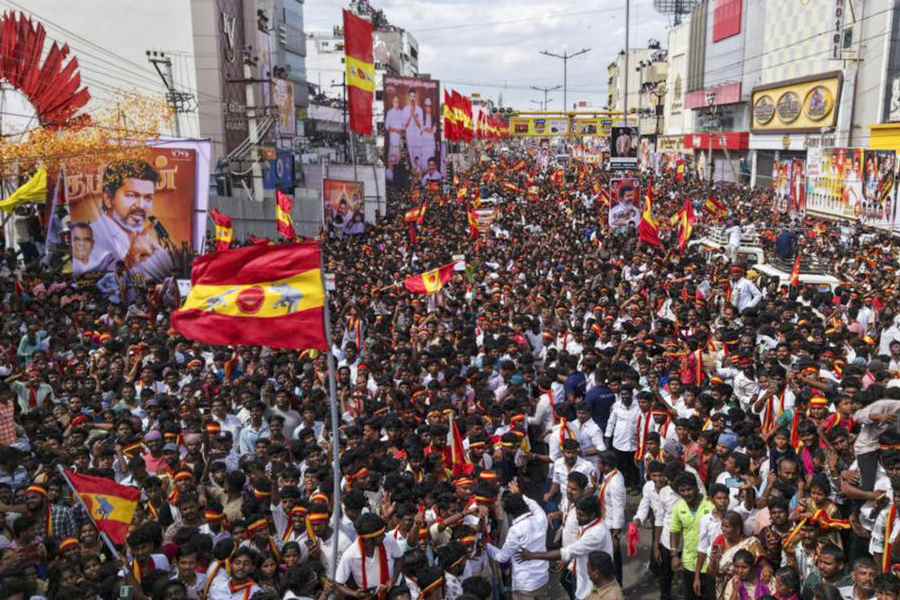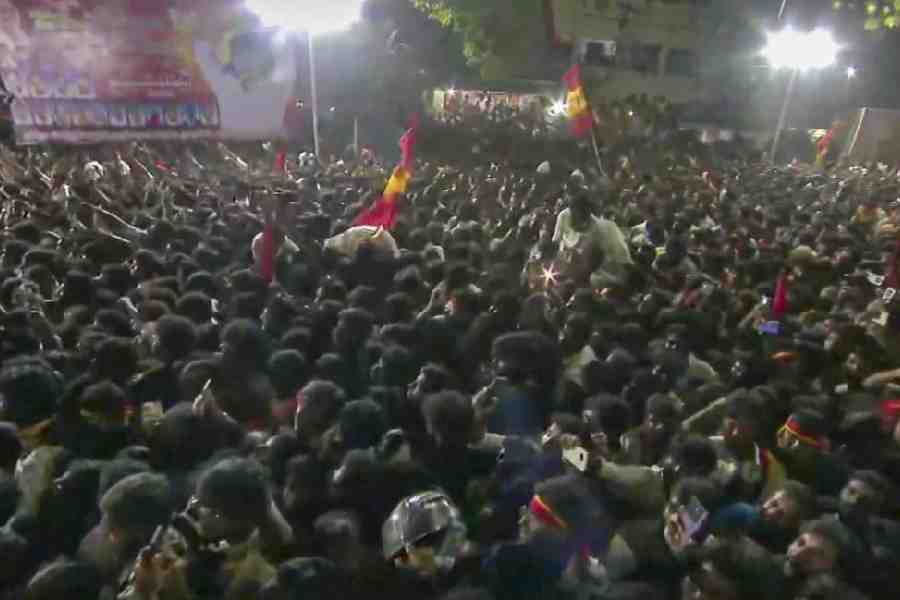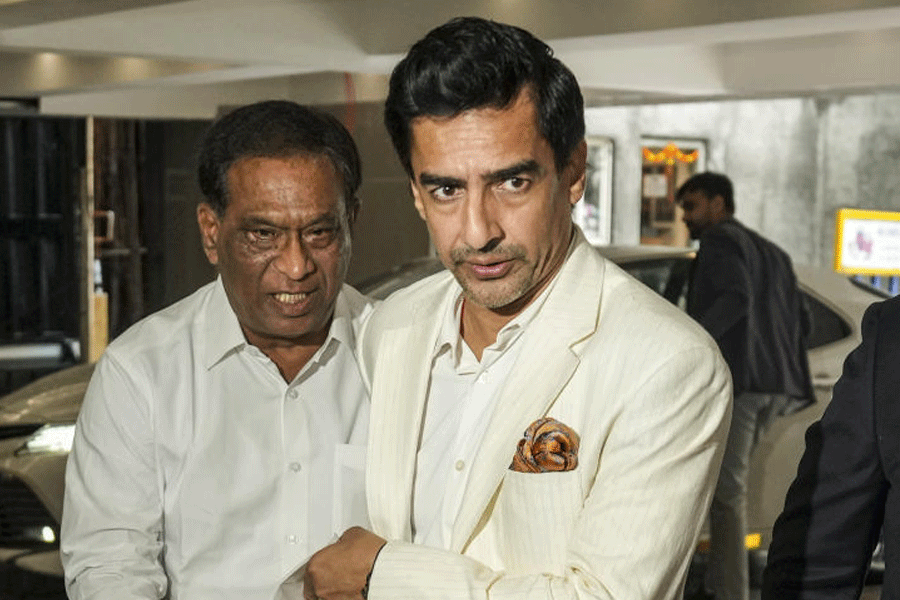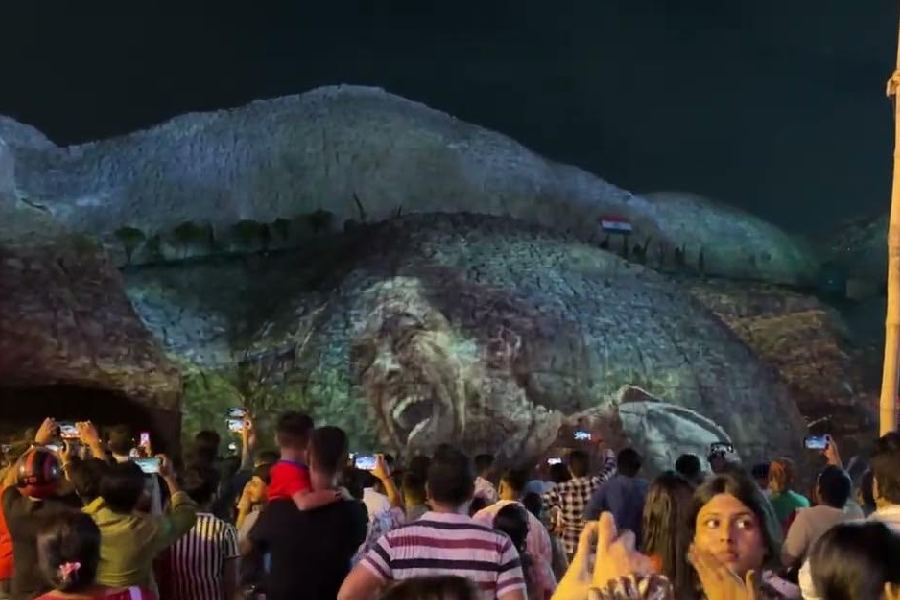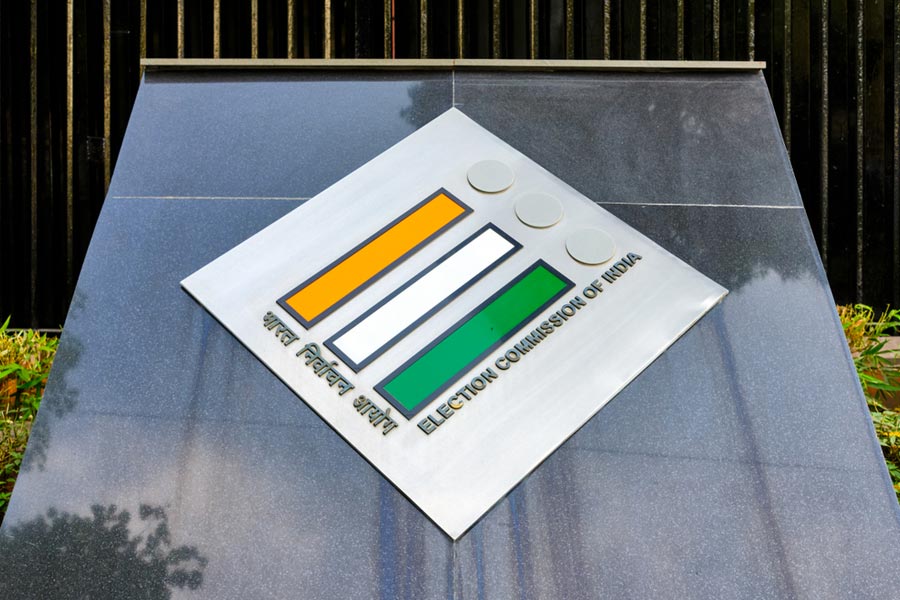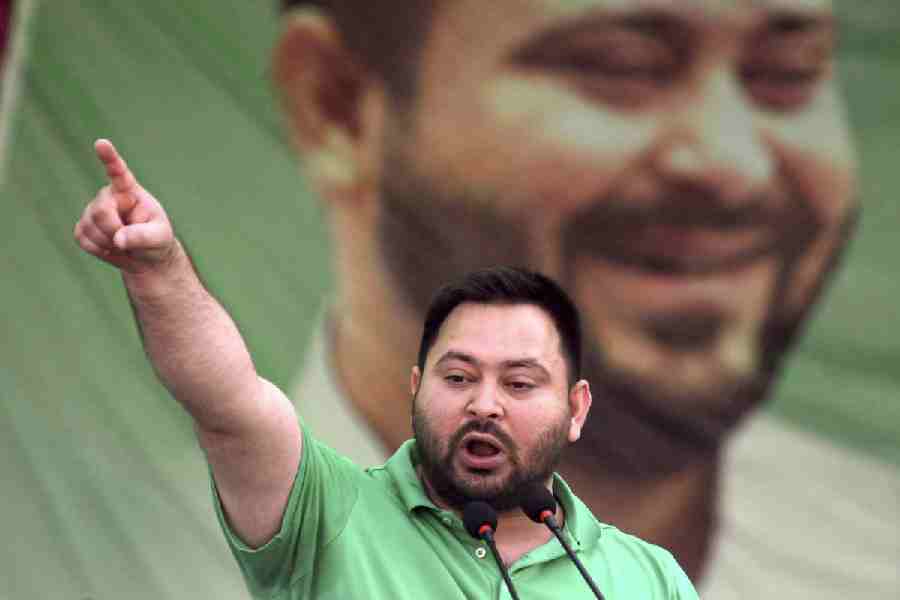 |
| CHAK DE PUNJAB: (Clockwise from above) A poster of Hattrick, scenes from Jhoom Barabar Jhoom, Apne, Chak De India, Namastey London and Dil Apna Punjabi |
Bollywood is in the throes of a Punjab fever. These days, rare is a Hindi film that doesn’t have at least some Punjabi flavour to it. From quick-time bhangra numbers to lush mustard field settings, from winsome soni kudis to strapping north Indian alpha males, most Hindi films are bingeing on Punjab.
In fact, as many as seven much-talked about films of the year had Punjabi songs, if not a Punjabi locale as the backdrop. One of the biggest hit numbers of the year was Sajna Di Vaari Vaari from Honeymoon Travels Pvt Ltd. Shakalaka Boom Boom, Hattrick, Delhii Heights, Jhoom Barabar Jhoom, Namastey London and the more recent Apne, all had music that was borrowed heavily from Punjabi culture. What’s more, the very title of Chak De India is a commonly used Punjabi phrase.
Yash Chopra, who hails from the colourful state, says: “Often, films reflect the socio-cultural and socio-economic conditions of the country at the time. We are a growing economy and we now have the option of watching entertaining cinema. So Punjabi numbers have caught on. Besides, a lot of the international audience of Hindi films is Punjabi. So naturally, film makers are putting in characters and songs that are Punjabi.”
A look at the successful Hindi films at Southall, the Asian-dominated suburb in London, amply illustrates the trend. The Sunny Deol-starrer Kaafila, devoid of any Punjabi song and dance routine, fell flat before a less-heard of Harbhajan Mann-directed Dil Apna Punjabi which ran to packed houses.
Dharmendra, the original Punjab da puttar of Bollywood, has a slightly different take on the popularity of Punjabi culture in Hindi films today. The actor, who was seen in Apne recently, feels that since Punjabis are considered patriotic, their portrayal in movies relating to the nation catch the imagination of the audience. “Plus, Punjabi songs have great beats. People love these songs and that is why many films throw in Punjabi characters too so that the songs don’t seem out of place,” he says.
Even Gujarati director Vipul Shah set his Akshay Kumar-Katrina Kaif film Namastey London in London and Punjab instead of his home state. So did Soham Shah who made Kaal. Ken Ghosh’s Fida too had yuppy Punjabi numbers to please non resident Indian audiences. Jazzy B, who sang a song in the film, says: “Wherever I play or sing, I get requests for numbers that have a strong dose of Punjab.”
Among some of the blasts from the recent past that have sported Punjabi numbers are Salaam-e-Ishq, Pyaar Ke Side Effects, Khosla Ka Ghosla, Rang De Basanti, Bluffmaster, Kabhi Alvida Na Kehna, No Entry, Neil ’N’ Nikki, Dus, Bunty Aur Babli and Mujhse Shaadi Karogi. These, of course, are mainstream films, designed to deliver to the audiences what they want. But even crossover films like Bride and Prejudice, better known as Balle Balle, Amritsar to LA, had a distinct Punjabi leitmotif. Other offbeat flicks that joined in the fun were Monsoon Wedding, Bollywood Hollywood, American Desi and Bend It Like Beckham, also known as Football Shootball Hai Rabba.
So then can anyone blame DJs for mixing western tunes with Punjabi tracks? Especially when clubgoers also love that upbeat mix and match? “The pub-going public likes to dance to Punjabi songs that are high on beat and can pump up the mood anytime,” says DJ Vipin, whose new remix is just about to hit the market.
However, though Punjabi is the flavour of the season now, in the past other cultures have held sway over Bollywood. First, there was the aristocratic Muslim culture that caught on with films like Mughal-e-Azam, Anarkali, Pakeezah, Umrao Jaan and many others.
Then Bengal too enjoyed its period of glory with films such as Do Bigha Zameen, Bandini, Sujata and more recently, Chupke Chupke, Amar Prem, Guddi, Chokher Bali, Raincoat and many more. Parineeta, Sarat Chandra Chattopadhyay’s classic tale, has been made four times in the last 70 years, first by Pashupati Chatterjee in 1942, then by Bimal Roy in 1953, then by Ajoy Kar in 1969. The most recent, and the one that won rave reviews, was made by Pradeep Sarkar. Similarly Devdas, another Sarat Chandra staple of Bollywood, has been out on the celluloid as many as six times — the most high profile versions being the Bimal Roy one in 1955 and Sanjay Leela Bhansali’s sumptuous extravaganza in 2002.
But right now it’s the summer of Punjab in Bollywood. And Chak De India, which released this Friday, could well be its supreme moment.
Ho jaye phir balle balle?


